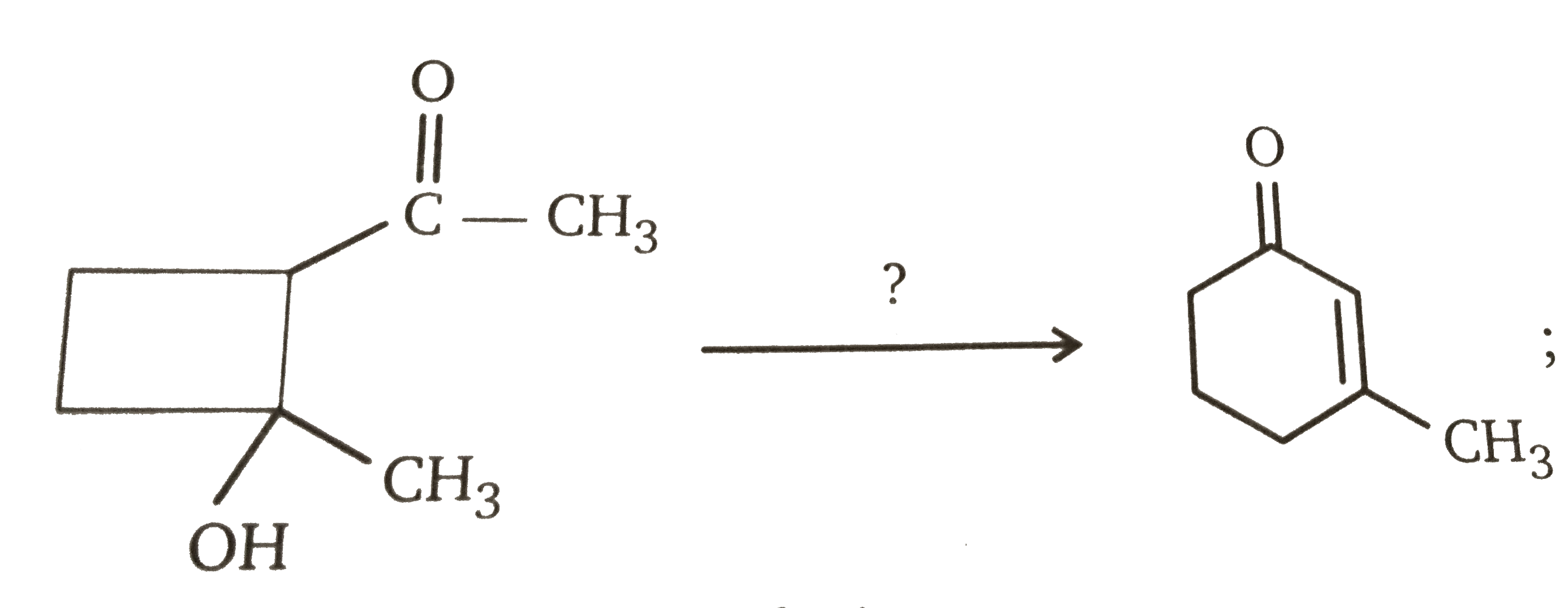How can a repetitive amplification be achieved?
Step-by-Step Solution:
1. Understanding Repetitive Amplification:
- Repetitive amplification refers to the process of creating multiple copies of a specific DNA segment. This is crucial in various applications, including genetic analysis and forensic science.
2. Polymerase Chain Reaction (PCR):
- The primary method used for repetitive amplification is the Polymerase Chain Reaction (PCR). PCR is a technique that allows for the exponential amplification of DNA.
3. Components of PCR:
- PCR involves several key components:
- Template DNA: The DNA that contains the target sequence to be amplified.
- Primers: Short sequences of nucleotides that are complementary to the target DNA sequence. They provide a starting point for DNA synthesis.
- Thermostable DNA Polymerase: An enzyme that synthesizes new DNA strands. It must be able to withstand the high temperatures used during PCR.
4. Thermal Cycling:
- The PCR process involves repeated cycles of heating and cooling, known as thermal cycling. This typically includes:
- Denaturation: Heating the reaction to separate the DNA strands.
- Annealing: Cooling the reaction to allow primers to bind to the template DNA.
- Extension: Raising the temperature again to allow the DNA polymerase to synthesize new DNA strands.
5. Exponential Amplification:
- Each cycle of PCR doubles the amount of DNA, leading to exponential amplification. After 'n' cycles, the amount of DNA can be approximately 2^n times the original amount.
6. Final Answer:
- Repetitive amplification can be achieved by using a thermostable DNA polymerase in the Polymerase Chain Reaction (PCR) technique.
- Repetitive amplification refers to the process of creating multiple copies of a specific DNA segment. This is crucial in various applications, including genetic analysis and forensic science.
- The primary method used for repetitive amplification is the Polymerase Chain Reaction (PCR). PCR is a technique that allows for the exponential amplification of DNA.
- PCR involves several key components:
- Template DNA: The DNA that contains the target sequence to be amplified.
- Primers: Short sequences of nucleotides that are complementary to the target DNA sequence. They provide a starting point for DNA synthesis.
- Thermostable DNA Polymerase: An enzyme that synthesizes new DNA strands. It must be able to withstand the high temperatures used during PCR.
- The PCR process involves repeated cycles of heating and cooling, known as thermal cycling. This typically includes:
- Denaturation: Heating the reaction to separate the DNA strands.
- Annealing: Cooling the reaction to allow primers to bind to the template DNA.
- Extension: Raising the temperature again to allow the DNA polymerase to synthesize new DNA strands.
- Each cycle of PCR doubles the amount of DNA, leading to exponential amplification. After 'n' cycles, the amount of DNA can be approximately 2^n times the original amount.
- Repetitive amplification can be achieved by using a thermostable DNA polymerase in the Polymerase Chain Reaction (PCR) technique.
Similar Questions
Knowledge Check
- Question 1 - Select One
 this conversion can be achieved byAO3,Zn, then LiAlH4BO3/H2O2, then LiAlH4CCold dil. KMnO4,HIO4, then LiAlH4DAll of these
this conversion can be achieved byAO3,Zn, then LiAlH4BO3/H2O2, then LiAlH4CCold dil. KMnO4,HIO4, then LiAlH4DAll of these - Question 2 - Select One

this conversion can be achieved by:ADehydration, HydrolysisBRetro aldol and further condensation.CPerkin condenasation & Clemmensen reduction.DClemmensen and perkin condensation. - Question 3 - Select One
Parthenocarpy can be achieved by
AZeatinBABACAuxinsDKinetin.
Explain PCR. How it helps in amplification of gene of interest?
View SolutionHow can the goods of development be achieved?
View SolutionWhat is human immune system? What is a vaccine? How immunisation can be achieved?
View SolutionThe objective of equity can be achieved by :
View Solution
Above conversion can be achieved byView Solution
